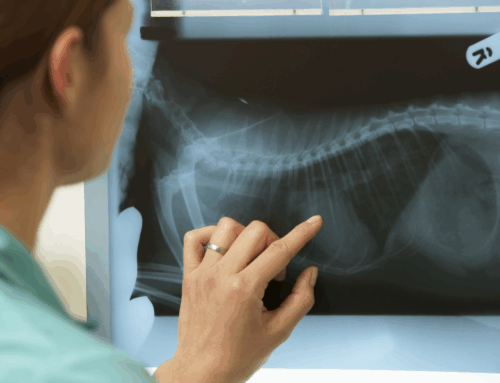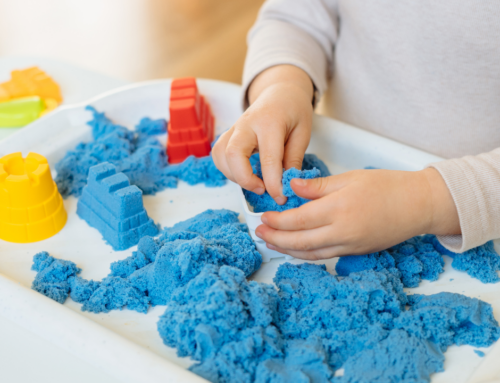At Little Medical School, we love hands-on projects that help kids discover the science behind their amazing bodies. Today’s STEM activity is all about your heart—that powerful muscle that works 24/7 to keep you alive. And we’re not just talking about it… We’re building it!
This fun, simple project uses everyday materials to create a working “beating heart” model. Kids will see how blood moves through the chambers of the heart and how valves keep it flowing in the right direction.
What You’ll Learn
- Science: How the heart pumps blood
- Technology: How valves control flow
- Engineering: Building a working pump model
- Math: Measuring your own heart rate
What You’ll Need
- 1 clear plastic cup (8–12 oz)
- 1 balloon
- 1 straw
- Tape (masking or duct tape works best)
- Water tinted with red food coloring (for “blood”)
- Scissors
- Optional: Stopwatch or timer
Step-by-Step Instructions
- Prep the Heart Muscle
Cut the neck off your balloon and stretch the remaining part over the top of your plastic cup. This balloon represents the heart’s strong muscle wall. - Make the Aorta (Main Artery)
Poke a small hole in the center of the balloon. Push your straw through the hole until it’s about 1 inch inside the cup. Seal around the straw with tape to prevent leaks. - Fill with “Blood”
Pour the red-tinted water into the cup until it’s about halfway full. - Pump It Up
Push down quickly on the balloon to force water through the straw—just like your heart pushes blood out to the rest of your body! Release the balloon to let the cup “refill,” and repeat. - Feel the Beat
Use a stopwatch to time 15 seconds while pumping, then multiply by 4 to calculate your “heart rate” in beats per minute. Compare your “resting” rate to what happens if you pump faster, like during exercise.
STEM Connection
Your model works because pressing the balloon squeezes the water up the straw—just like your heart muscle squeezes blood into the arteries. The straw represents the aorta, the main artery that carries blood from your heart to your body. By adjusting the speed of your pumps, you can simulate how your heart beats faster during activity and slower when at rest.
Take It Further
- Add a second straw and cup to represent the two sides of the heart (right and left chambers).
- Try using thicker or thinner liquids to see how “blood viscosity” changes pumping.
- Research how a real heart’s valves prevent backflow—then design a way to add valves to your model!
? Fun Fact: Your heart pumps about 2,000 gallons of blood every day without ever taking a break. That’s some serious engineering power!







Leave A Comment
You must be logged in to post a comment.